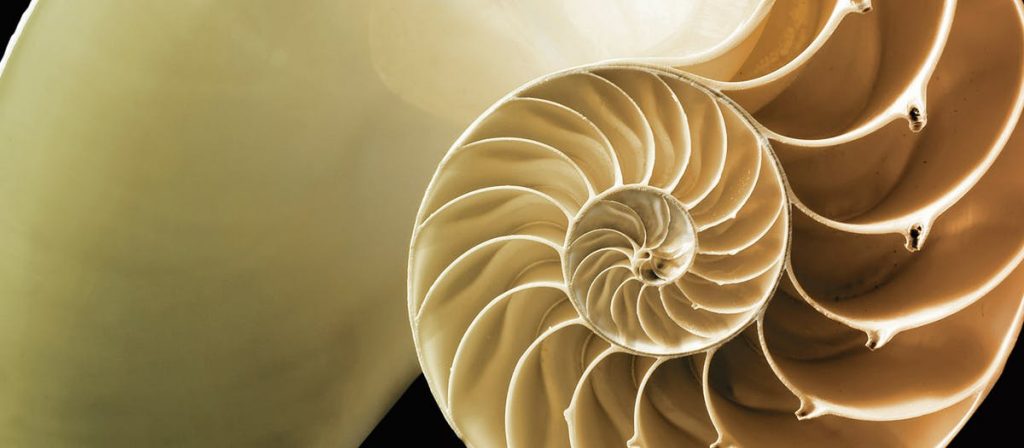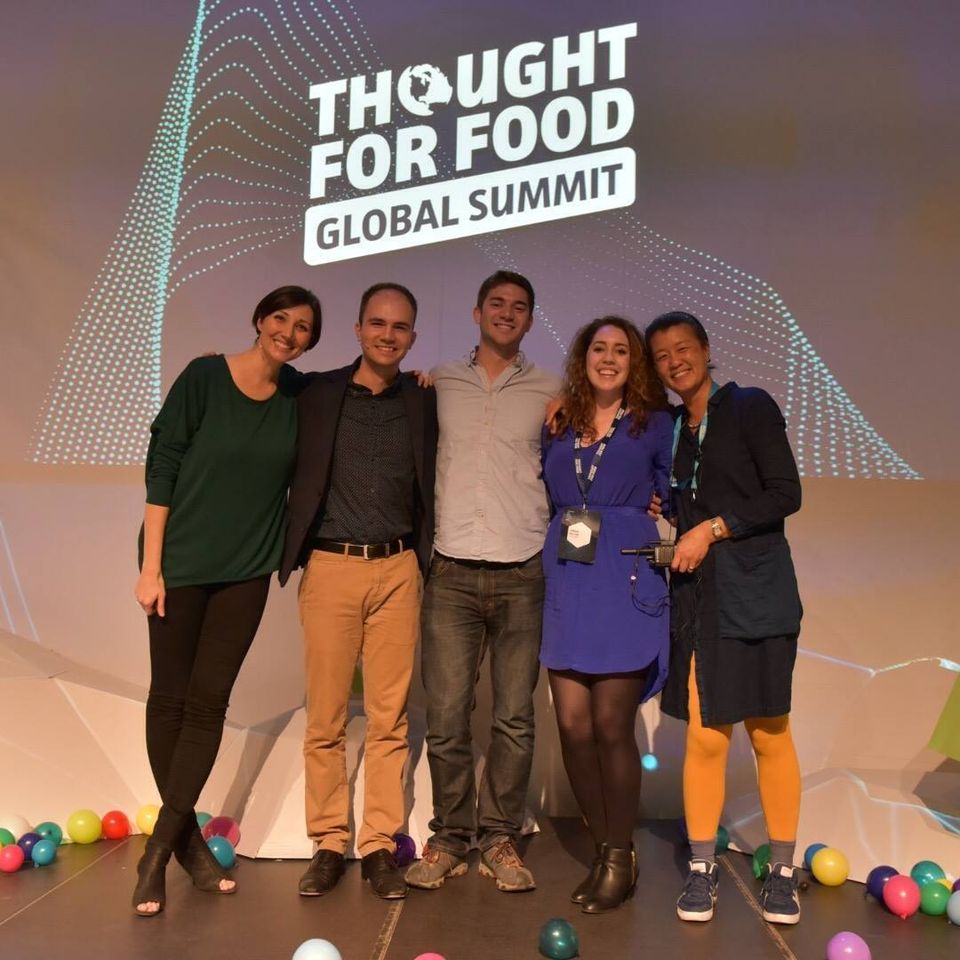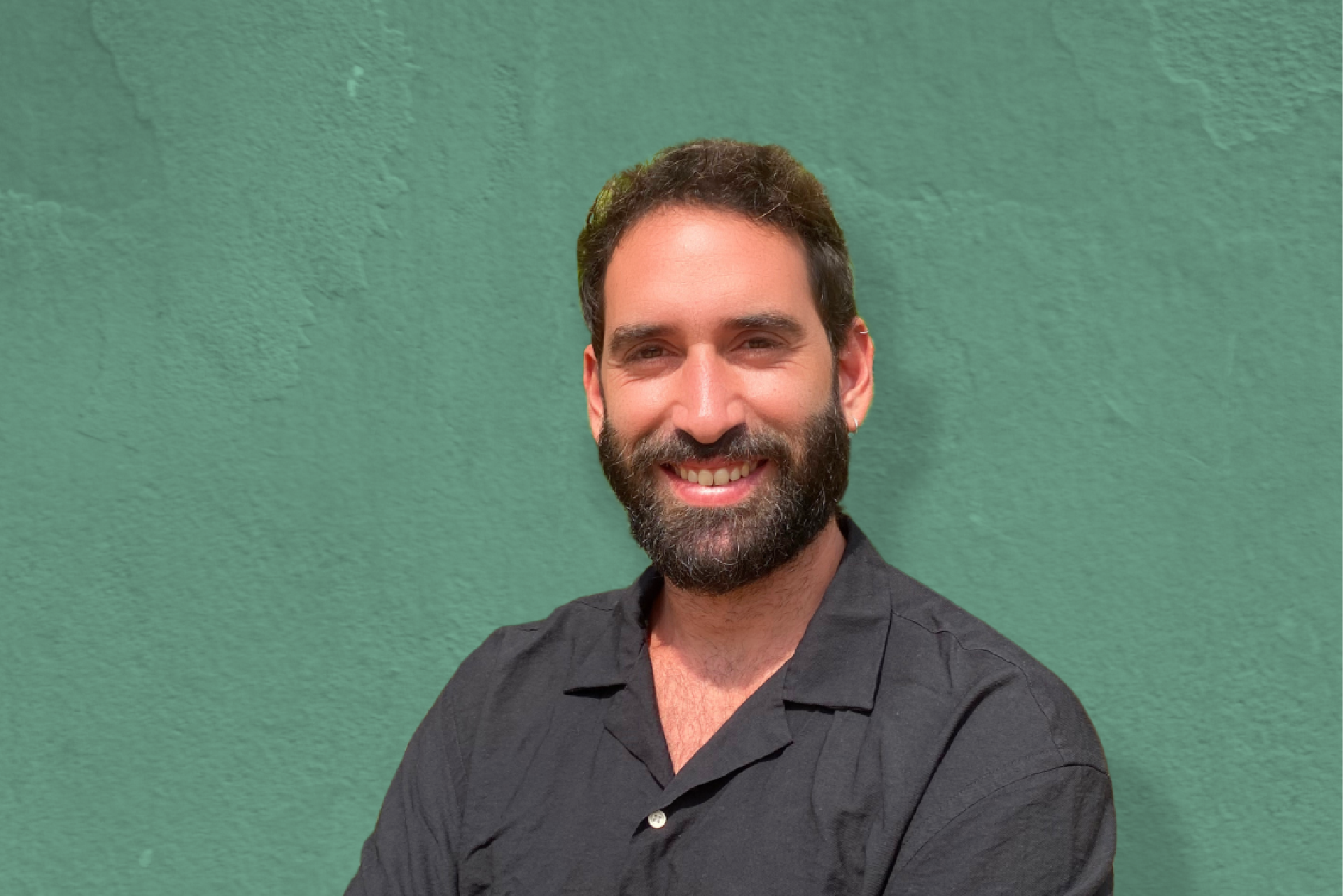
Going Green is very excited to sit down with an upcoming guest on the podcast, Jared Yarnall-Schane, the Entrepreneurship Director at the Biomimicry Institute. Founded in 2006, The Biomimicry Institute is a non-profit that seeks sustainable solutions to human challenges by emulating nature’s patterns and strategies. Prior to having Jared on the show, we wanted to learn more about how the Biomimicry Institute is solving complex problems using biomimicry.
Jared, thank you for being here. Tell us a little bit more about the institute:
The purpose of the Biomimicry Institute is to naturalize biomimicry in the culture by promoting the transfer of ideas, designs, and strategies from biology to sustainable human systems design. The Biomimicry Institute is a 501(c)(3) not-for-profit organization founded in 2006 that empowers people to seek nature-inspired solutions for a healthy planet. To advance the solution process, the Institute offers AskNature.org, a free online tool that contains strategies found in nature and examples of ways they are used in design. It also hosts a Biomimicry Global Design Challenge and Youth Design Challenge to support project-based education; a Biomimicry Launchpad program and Ray of Hope Prize®? for entrepreneurship to bring designs to market; and connects innovators through the Global Biomimicry Network

How did you get started in this space?
I bring my entrepreneurial background & startup coaching experience to the Biomimicry Institute to lead the LaunchPad program, with a goal of commercializing biomimicry innovations. Before joining the Institute, I developed and ran programs with Penn State University’s incubator and accelerator programs and was the Program Director of Thought For Food. I have directly worked with hundreds of social impact startups from around the world, helping them to secure a combined $25+ million in funding along the way. I was an initial founding member of GreenTowers, and started a small food preservation company in rural Kenya. I have an Executive Certificate in Social Impact Strategy from the University of Pennsylvania, and a BS in Mechanical Engineering from Penn State University.
How did you get involved in the sustainable industry?
My journey in sustainability started from a young age. My dad ran a summer camp a few hours from New York City, so I grew up surrounded by thousands of acres of pristine wilderness. There were some days I saw more bears and deer than people! As I began to study engineering, and subsequently interned in a steel mill, I was shocked to say the least. We talked about ethics and sustainability, but it was always the human environment against the natural environment. I decided to complete my engineering degree, but wanted to dedicate my life supporting both marginalized people and our marginalized planet. This work started in the food and agriculture sector, where I was focused on creating companies that supported smallholder farmers and local food ecosystems. From there, I entered the world of non-profits and began to support other food and agriculture entrepreneurs from around the world.
What trends are you seeing in your industry?
We are seeing several trends within the field of biomimicry. First, and one I am very excited about, are surface coatings. We may not think about surface coatings very often in the field of sustainability, but they are incredibly important. For example, we are seeing companies that are creating clear coatings for roofs and windows, that reflect back UV and infrared light, which can dramatically reduce heating and cooling loads. We are also seeing a number of coatings that are almost completely slippery – everything from poop, to bacteria, to mineral deposits cannot stick to them! They can be applied on surfaces from toilets to ship-hulls, reducing chemical usage and increasing fuel economy. Part of this trend also signals a bigger focus on materials and chemistry. That industry is getting a lot of traction from the scientific research and application of biomimicry
Another trend is innovations in water & sanitation. I already mentioned how there are coatings that can repel poop, but we also see solutions that clean human waste using zero chemicals and energy, and even solutions that evaporate water from waste. After all, this is how materials naturally decompose!
Finally, we are seeing a number of innovations food and agriculture, specifically around crop protection. We use so many harmful chemical pesticides (which by the way, are often petroleum based), but there are so many examples of crop defense mechanisms found throughout nature. Companies are just now exploring how they can boost internal plant defense mechanisms, and how beneficial organisms such as nematodes communicate with each other when they find food (aka, bad pests!).

What is one “Action Item” the viewers can take away from this conversation?
I hope viewers will fundamentally have a different appreciation of nature. That they realize nature is not just something we should enjoy or something we extract resources from. So many of the great inventors of the past, da Vinci for example, dedicated their lives to learning from the natural world, not just about it. What would the world look like if engineers studied the incredible strength and durability of abalone shells? Or if artists created masterpieces without using dyes or pigments, and instead use structural color and light, just like butterflies? It’s subtle mindset shift, but one that is extremely powerful and better for humans and the Earth.
Thank you Jared for taking the time to tell us how you are solving complex problems using biomimicry.
Going Green interviews leading experts in cleantech, sustainability, media, finance, and real estate on the Going Green podcast. Tune in and subscribe to the podcast on Apple or Spotify to listen to interviews with leading cleantech and sustainable experts. If you would like to to be featured on Going Green, fill out the interview form Here. If you are interested in writing for Going Green, click Here.




